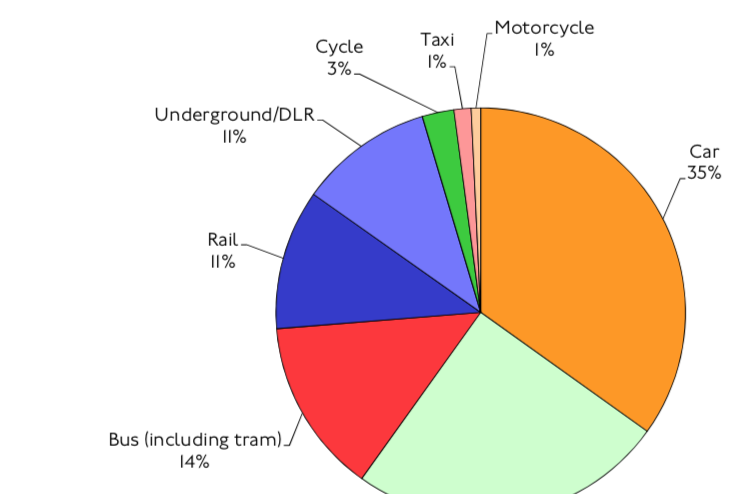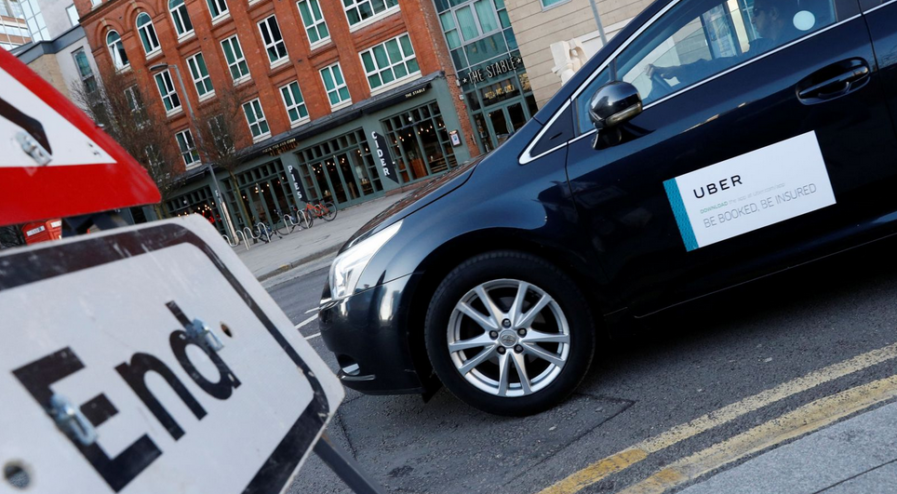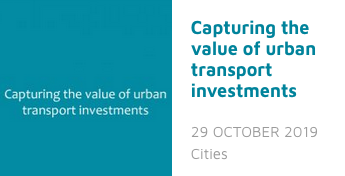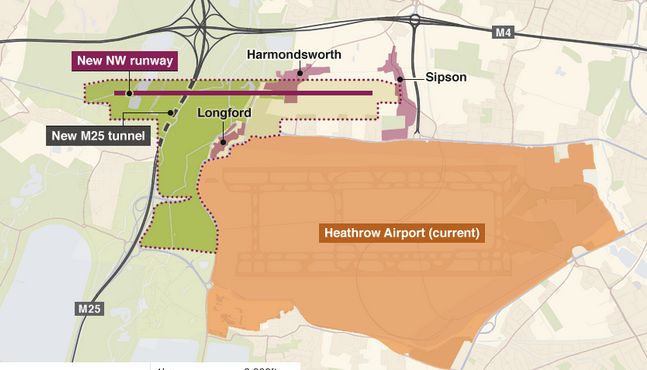On 25 November, Transport for London (TfL) announced that it would not grant Uber a new private hire operator’s licence on account of a number of failures, including a change to Uber’s systems that allowed unauthorised drivers to upload their photos to other Uber driver accounts. This allowed them to pick up passengers as though they were the booked driver, which occurred in at least 14,000 trips – putting passenger safety and security at risk.
TfL commissioned an independent assessment of Uber’s ability to prevent incidents of this nature happening again, which led TfL to conclude that it currently does not have confidence that Uber has a robust system for protecting passenger safety, while managing changes to its app.
Uber is appealing to the Court against TfL’s decision, during which time is continues to operate. In effect, the Magistrate will adjudicate.
While the shortcomings of Uber’s system need to be rectified, what is unclear is the magnitude of the detriment to users and how this compares with other taxi businesses. Uber claims that more than 3.5m Londoners regularly use its service, so the proportion of trips with unauthorised drivers may be very small, raising a question as to whether TfL’s refusal of a licence to operate is a proportionate response. Arguably, this is an example of the ‘nanny state’ attempting to protect users from a low probability risk – the alternative being to publicise the infringement and allow users to make up their own minds about the acceptability of the risk that may arise. It would be interesting to know whether use of Uber dipped following the announcement of the driver identity failures.
A recent research study of Uber in London interviewed a range of people involved in ‘ridesourcing’ (i.e. prearranged and on-demand transportation services for compensation in which drivers and passengers connect via digital applications, also known as ‘ridehailing’). Stakeholders generally were unsure about how to deal with ridesourcing services and had no immediate plans for managing such services. There have been no new regulations or guidelines developed for ridesourcing in London, and these services currently operate under the private hire vehicle licensing system which was developed in the 1990s. These regulations are deemed generally to be outdated for ridesourcing, because the way services such as Uber operate is technically not a typical black taxi service – which can be hailed or stopped on the street without prior booking – or a traditional minicab, which requires a pre-booking.
The study quotes ‘a key policymaker in London’: “There are no regulatory changes planned, at the moment…….There comes a time where there is a whole proliferation of services which are completely unmanaged, unregulated, we then have to start thinking what powers we need to actually deal with this. You got to have some control. They are carrying passengers, offering transport for hire, people are paying fares, so it (kind of) fits into that whole public transport network and we really need to have management of that”.
Another London policymaker is quoted: “this is covered within the mayor’s draft transport strategy; however, it doesn’t sort of set clear plan for that specific element. Generally, shared occupancy is a good thing, albeit, it’s still by road transport, and the main thrust of the mayor’s transport strategy is to achieve that 80% sustainable mode share target, which is enormously demanding so everything has to be seen in that context”.
The researchers’ conclusion was that there are no mechanisms currently in place to monitor or assess the impacts of ridesourcing services in London, which results in a genuine lack of knowledge among policymakers and transport authorities on how they approach these services, in terms of regulations, operational guidelines, integration with other modes and future transport systems.
A House of Commons briefing paper published in November 2018 (CBP 2005) summarised the position as regards taxi and private hire vehicle licencing in England. Licencing of London’s black cabs is based on a Statutory Instrument enacted in 1934, and involves TfL setting fares, which may ensure income for taxi drivers, albeit limiting competitiveness with other providers. The government has considered aspects of taxi regulation but does not intend to bring forward substantive proposals for reform.
Assessment
The current regime for taxi regulation was devised before the advent of app-based services and is therefore no longer fit for purpose. It may inhibit some kinds of innovation, for instance fare flexibility for black cabs to better match supply with demand, while other innovations are not adequately catered for, as seen in the all-or-nothing refusal of Uber’s operating licence for what are arguably small and remediable infringements of a very popular service. Not only is the regulatory regime inadequate; there appears to be a lack of policy thinking in London that would inform regulatory practice.
A review of the regulation of taxi services in the light of current and expected technological innovations would be timely. Aspects that would need to be addressed include the possibility of control of numbers of cabs (not at present the case in London), whether regulation should cover terms of employment of drivers, the relationship to other modes of travel, competition for kerb space for loading and unloading, and the potential conflict of interest for TfL in its roles as both taxi regulator and public transport provider.










